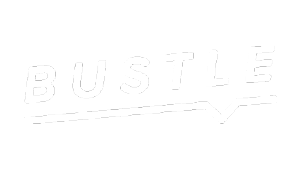1/ Kudos to the level of intensity we’re sensing from this question.
2/ We certainly are devotees of what we would call ‘recreational’ brainstorms as a strategic tool for our creative work, so we’re happy to expound.
While we could prattle on at length about how to structure a brainstorm (hint: time limits, prompts, transcription), the key to birthing original, standout, distinct, attention-grabbing creative ideas is all about the environment you create. By this we mean, when there is trust within the participants, and an agreement that there is no such thing as a ‘bad’ contribution, peoples’ minds are able to free up, let loose, explore, play, and go beyond those first-level associations and into groundbreaking ideas.
It may seem counterintuitive to have low stakes in a brainstorm for a high stakes project, but perfectionism has no place in a creative brainstorm—especially an initial one. And innovation usually comes to the surface when there’s a spirit of adventure woven into the problem-solving. So the big tip here? Be willing to examine your ‘terrible’ ideas with curiosity and an open mind.
Truly creative messaging nearly always results from a willingness to turn something on its head and play around with it. In fact, many of the best-performing humor devices rely on this exact tactic (parody, satire, hyperbolism, for example). Once you hone these instincts, everything will change.
As a punchline to this discussion, here’s a great little quote by MIT Research Fellow, Michael Schrage: “Serious play is not an oxymoron; it is the essence of innovation.”

















